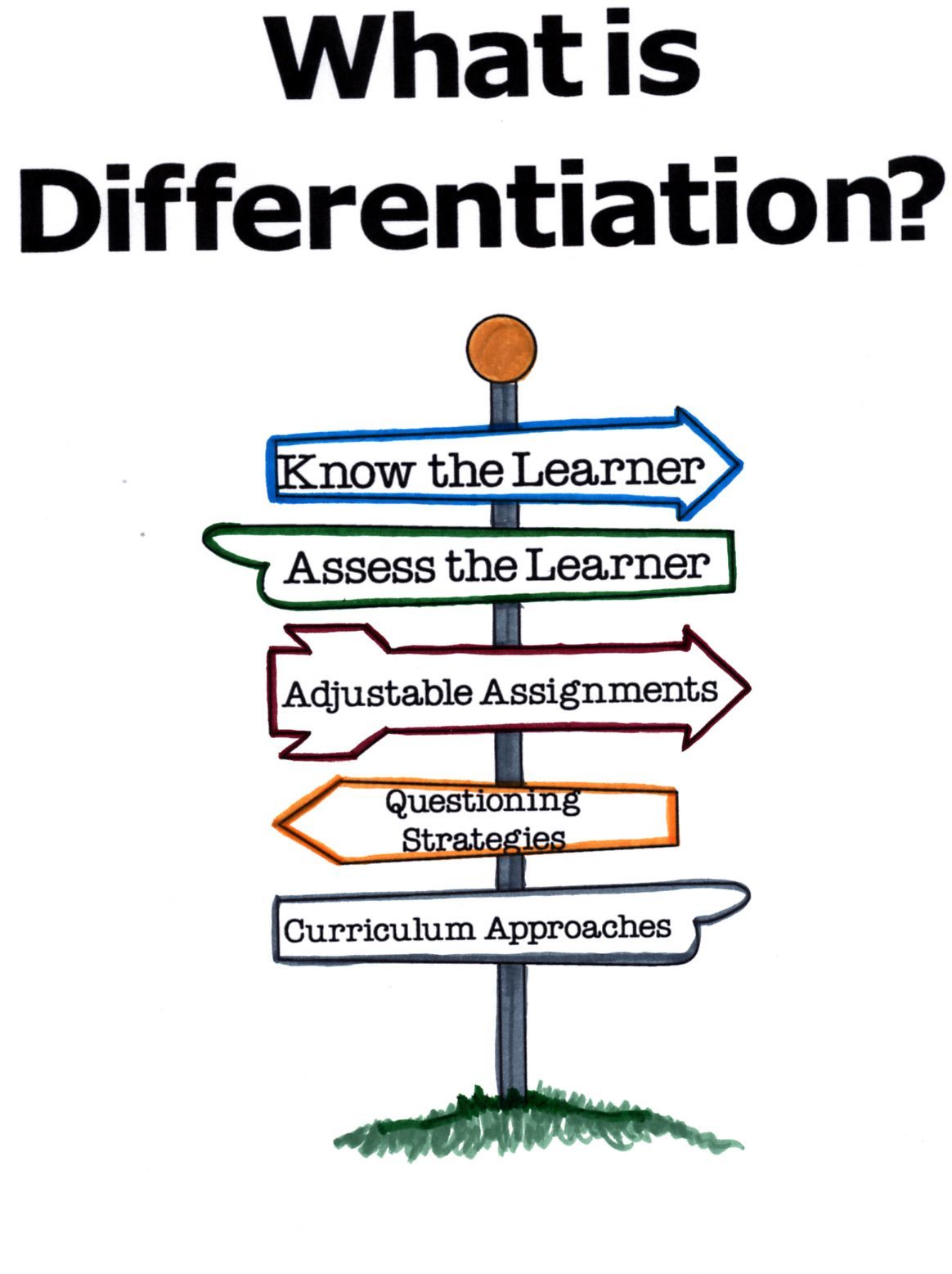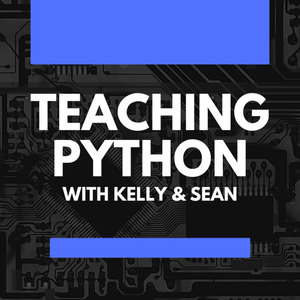How is a successful computer science curriculum designed?

When the semester or year ends, consider what could have been better about that marking period? How can the curriculum be improved for the next group of students? Reflecting on past courses and discussing change opportunities are essential for promoting students' quality experiences and good practice.
Reflection regarding curriculum design and learning outcomes should always be at the heart of curriculum planning. Becoming part of the "quality culture" where improvement is the only option, feedback is critical, and alignment to standards and goals are a significant focus is a full-time endeavor.
Whether you are just starting or teaching Computer Science for years, your first step when completing a curriculum reflection is to identify, list, and answer a few essential questions. These questions are guides for developing ideas and areas of concern to plan and modify the curriculum. It is good practice to keep the learning expectations at the forefront and remember what knowledge is the most important to retain?
I like to list as many questions on paper, regardless if they need immediate answers or not. This should become a checklist for curricular review and a great reminder of why and how to teach.
These are just a few of the larger questions to consider. Whether you are looking to redesign just a unit or an entire course, remember that learning happens as students create and maintain knowledge and meaning of content. Students should have opportunities to question their thinking.
1. What is the final goal?
Keep your end goal in mind always, regardless if it is only a unit redesign or multiple courses combined. What is the one thing that students will remember 10 or 20 years from this date? What is the Big Idea? Why is this meaningful to the students?
"If an idea is “big” it helps us make sense of things. So, an idea is not “big” merely because it categorizes a lot of content. “Change,” “relationships,” and “number system” certainly encompass an enormous amount of knowledge and understanding, but these concepts don’t contain much insight or direction beyond their definition. They aren’t particularly powerful or illuminating on their own as concepts. On the other hand, “For every action there is an equal reaction” is a powerful idea about change: we can use it to study, organize, make sense of phenomena, and predict changes in motion. " - Grant Wiggins
2. What concepts are critical to know? How can new and current topics be incorporated into the curriculum? "How can we keep the content current and find effective teaching materials that create a student-centered learning environment? "
Understand that not all the content can be taught in one course. What content is critical to know yet also allows students the opportunity to expand should they desire? What are the building blocks you will need to make a solid foundation of learning?
3. How are students acquiring knowledge of the content?
Make sure the delivery of content is active. Do not become the sage on the stage when the content is complicated or "hard to learn." Passive learning is not the same as active learning. Active learning gives the teacher foresight into students' understanding; constant and constructive feedback is a large component of active learning. Find ways during active learning to assess each student and do not rely on the same type of assessment every time.
"But how do we get from transmission of information to construction of meaning? Such a change can entail a consider able shift in roles for the professor, who must move away from being the one who has all the answers and does most of the talking toward being a facilitator who orchestrates the context, provides resources, and poses questions to stimulate students to think up their own answers. " - Allison King
4. What tools or resources will students need to enhance their learning?
Tools help support the curriculum. What will students need to use in order to learn optimally? Will videos be made? Which editors will allow ease of learning?

5. What happens if a student already knows the content? How will we choose to respond when students do not understand or do not learn as expected?
How you choose to differentiate topics with students can set the pace for the entire year. Always have a plan for students that are beyond the scope of the content currently being taught. How can you extend the topic and still give the student opportunities to engage with the course's social aspect? Plan for students that struggle; set aside time to provide help. Look for alternative ways to explain complex topics and in different modalities.
6. What skills outside of the content should be part of the curriculum? What skills are the best for each specific age group?
Keep in mind the skills that you are trying to develop. How are you explicitly teaching and assessing those skills? Avoid assessing the skills that have not been taught or assuming that skills acquisition was at the same rate for every student.
7. What projects will be meaningful to learn? What type and variety of assessments will be used? What are we doing to ensure that our students are always learning?
Students learn best when assessments and learning require cognitive and social opportunities. Look for areas where the teacher is the giver of knowledge and find ways to change those lessons. Students require cognitive and social activities to learn optimally. The direct transfer of knowledge from the teacher to the student does not happen passively. Student learning is about knowledge creation, the transformation of experience into skills, and the application of qualifications to solve a problem that, in practice, is recognized as being competent.
8. What authentic assessments will keep students engaged and connected? What is the best language for the student? Is it inclusive?
Design coding activities within a context that students will understand. Try to embed them into situations that apply to student's lives. Each group of students is different. Be ready to be flexible and look for ways to connect the content to the student group's context and the individual student. The learning changes over time and space very quickly.
9. What activities allow knowledge creation and application of current knowledge at the same time?
Learning is a mixture of activities. What knowledge do the students already have in their "toolbox," and how can the lessons help students develop and merge existing knowledge and new knowledge successfully?
10. How can feedback be used to improve student's learning?

Providing quality and timely feedback improves learning. Feedback also allows students to learn from their mistakes? Students not only need feedback, but they must learn how to use it as well to improve. Find opportunities to give a variety of feedback time in your lessons and for grading. Design lessons that allow time for peer editing and improvement. Seek out assessments where feedback is critical to the assignment.
Lastly, develop a personal learning community. Find people within your community to discuss content and learning activities. Encourage peer and mentor observations. Seek out people to help you reflect and evaluate your teaching strategies and content. Embrace change and redevelopment of your curriculum.
Resources
Chapter 6. Feedback: The Long View—Does Feedback Improve Learning http://www.ascd.org/publications/books/116066/chapters/Feedback@-The-Long-View%E2%80%94Does-Feedback-Improve-Learning%C2%A2.aspx#:~:text=Increase%20students'%20interest%20in%20feedback,with%20obvious%20value%20and%20interest.
From Sage on Stage to Guide on the Side https://faculty.washington.edu/kate1/ewExternalFiles/SageOnTheStage.pdf
Improving Students’ Learning Outcomes - Curriculum and .... http://www.oecd.org/education/imhe/43977531.pdf
Online Teaching Resources: Where in the WWW are They .... https://journals.physiology.org/doi/full/10.1152/physiol.00003.2007
What is a Big Idea? https://www.authenticeducation.org/ae_bigideas/article.lasso?artid=99
